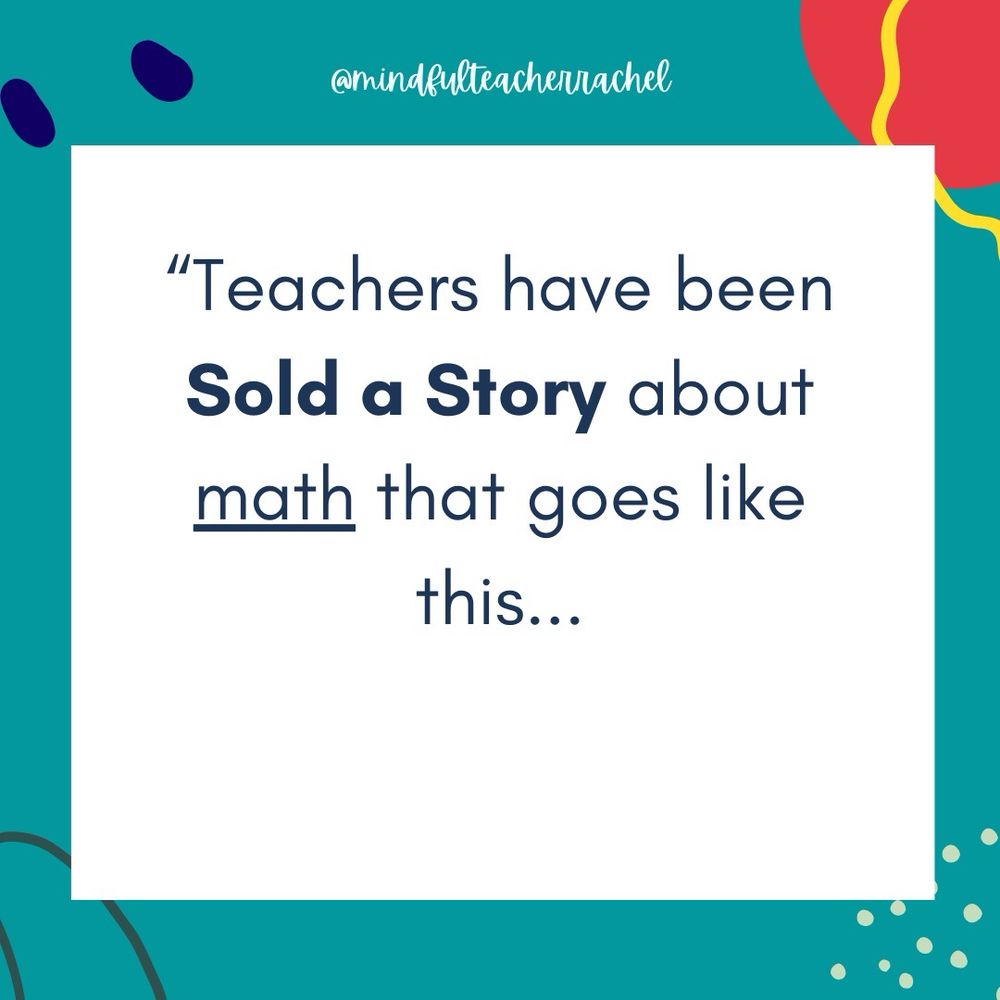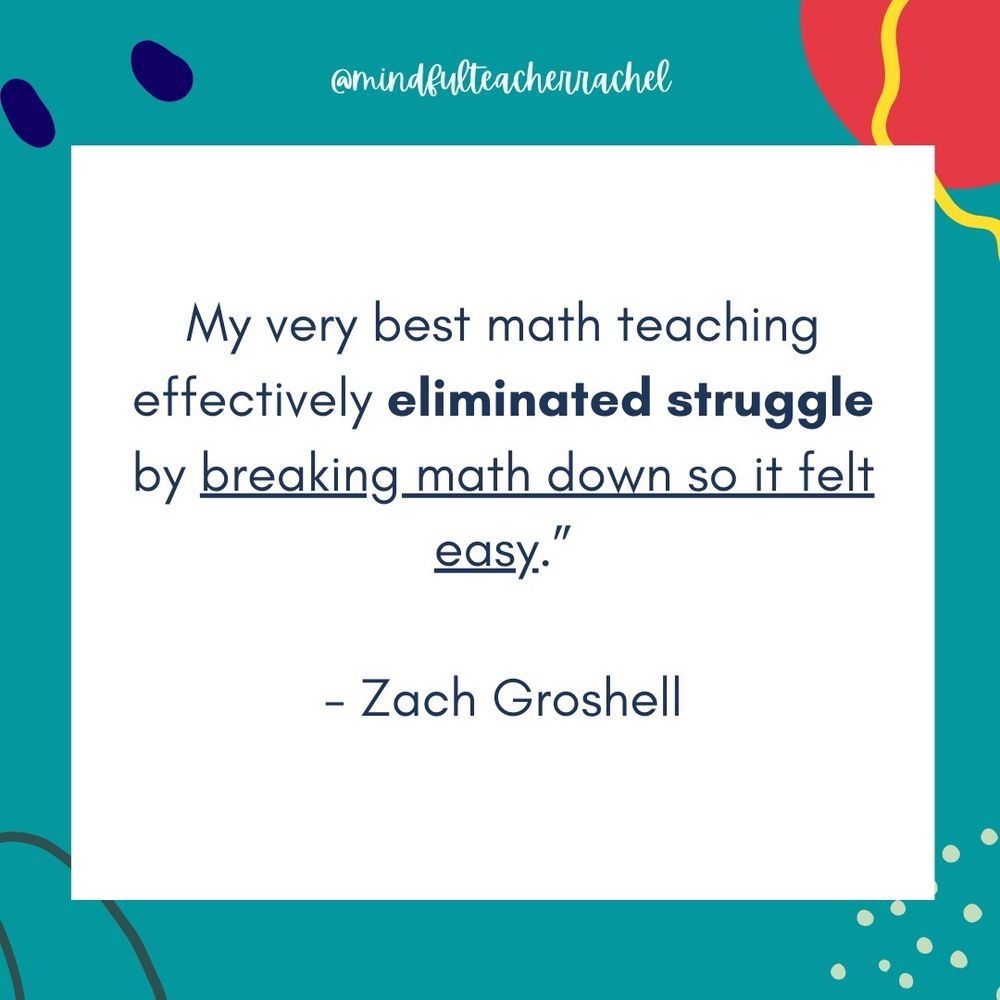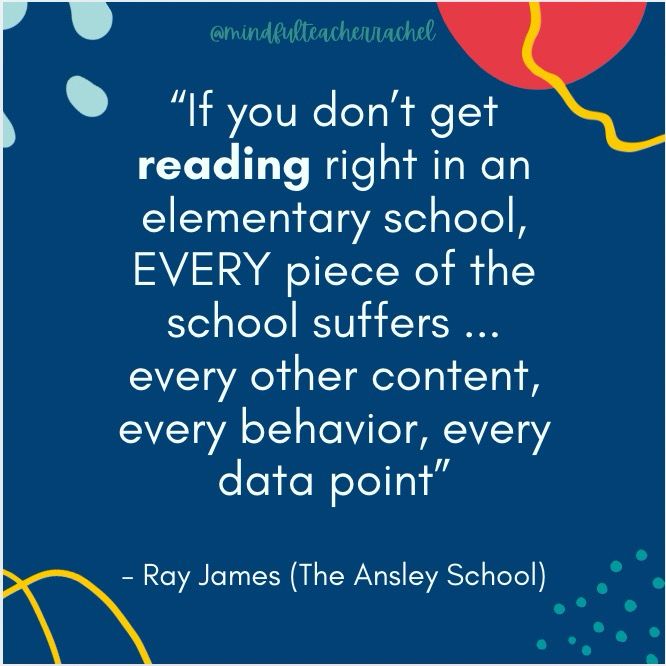
Mindful Teacher Rachel
@mindfulteacher.bsky.social
130 followers
31 following
20 posts
First Grade Teacher
Structured Literacy • Reading Research
Social Emotional Learning
Teacher Author • World of Phonics Series
Executive Functioning Skills
Posts
Media
Videos
Starter Packs









